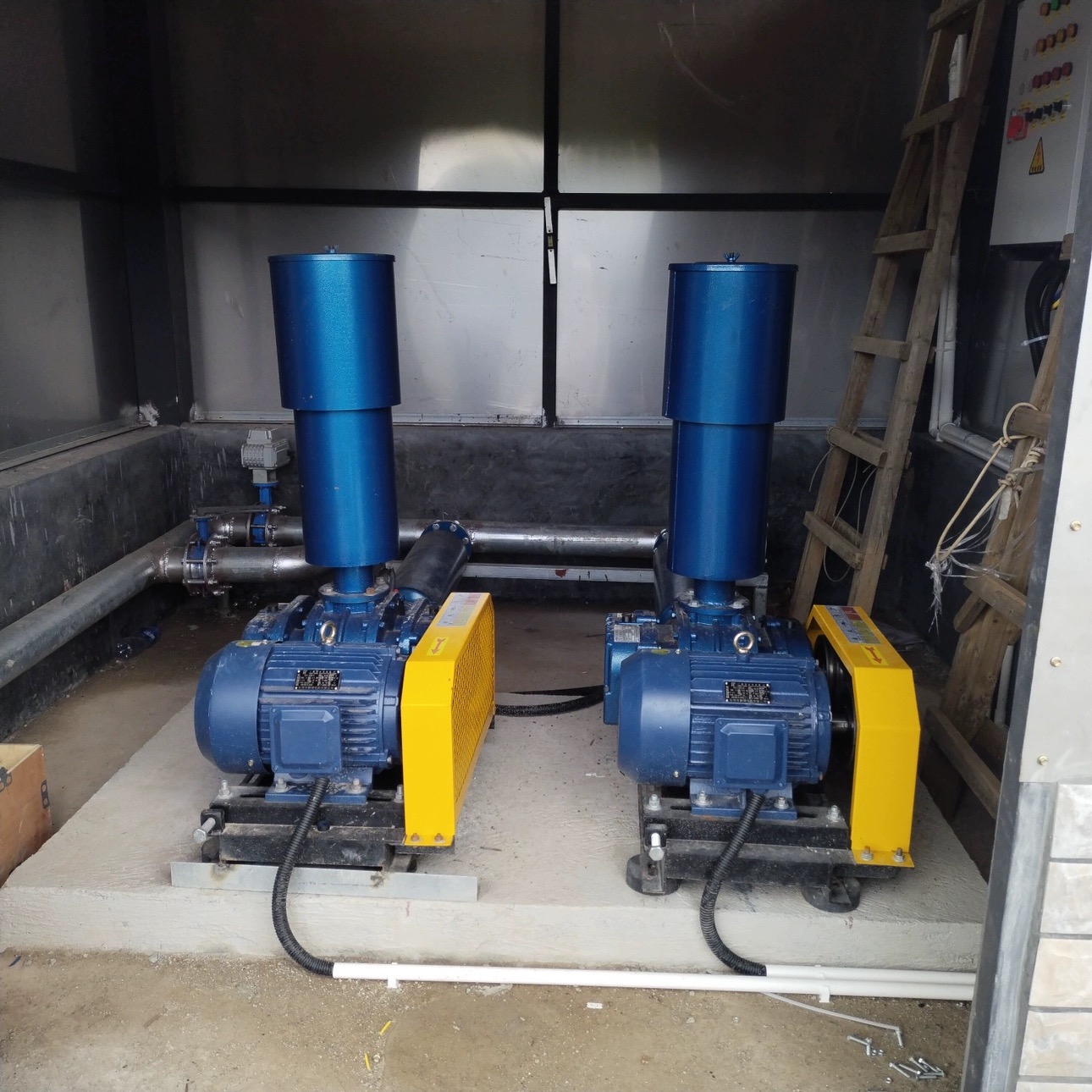Basic parameters of Roots blower

The basic parameters of Roots blower mainly include the following aspects:
1、 Airflow (Q)
Definition: The volume of gas passing through a fan per unit time.
Unit: Usually expressed in cubic meters per hour (m3/h) or cubic meters per minute (m3/min), but also in cubic feet per minute (CFM).
Scope: The common air volume ranges from several hundred cubic meters per hour to tens of thousands of cubic meters per hour, depending on the model and specifications of the fan.
2、 Wind pressure (P)
Definition: Gas pressure generated by a fan.
Unit: usually expressed in pascals (Pa), but also in millimeters of water column (mmH2O).
Scope: The common pressure range varies from several hundred pascals to several thousand pascals, depending on the design and usage scenario of the fan.
3、 Speed (N)
Definition: The rotational speed of the fan impeller.
Unit: usually expressed in revolutions per minute (rpm).
Range: The common speed range varies from a few hundred revolutions per minute to several thousand revolutions per minute, depending on the type and purpose of the fan.
4、 Motor power (Pe)
Definition: The electric motor power required to drive the operation of a Roots blower.
Unit: usually expressed in kilowatts (kW) or horsepower (HP).
Scope: The common range of motor power varies from several kilowatts to several hundred kilowatts, depending on parameters such as fan airflow, pressure, and speed.
5、 Noise (dB)
Definition: The sound intensity generated by a fan during operation.
Unit: Expressed in decibels (dB).
Scope: The common noise range varies from 60dB to 80dB, depending on the design, manufacturing quality, and operating environment of the fan.
6、 Other parameters
1. Efficiency (η): The energy conversion efficiency of a fan during actual operation, usually expressed as a percentage. The efficiency directly affects the energy consumption and operating costs of the fan.
2. Shell type: The shell of Roots blower is usually horizontally divided for easy installation and maintenance. The material of the casing is usually cast iron or steel plate welded together, which has good strength and sealing performance.
3. Impeller type: The impeller of Roots blower usually adopts three blade or two blade type to achieve uniform compression and transportation of gas. The material of the impeller is usually cast iron or cast steel, which has good wear resistance and corrosion resistance.
4. Bearing type: The bearings of Roots blowers usually use rolling bearings or sliding bearings to ensure smooth operation and longer service life of the blower. The lubrication method of bearings usually adopts grease lubrication or oil bath lubrication.
5. Sealing type: The inlet and outlet of Roots blowers and the bearings are usually sealed with labyrinth seals or packing seals to improve the sealing performance and service life of the blower.
In summary, the basic parameters of Roots blower include air volume, air pressure, speed, motor power, noise, and other parameters such as efficiency, casing type, impeller type, bearing type, and sealing type. These parameters have important reference value for the selection and use of Roots blowers. In practical applications, suitable Roots blower products should be selected based on specific needs and scenarios.





